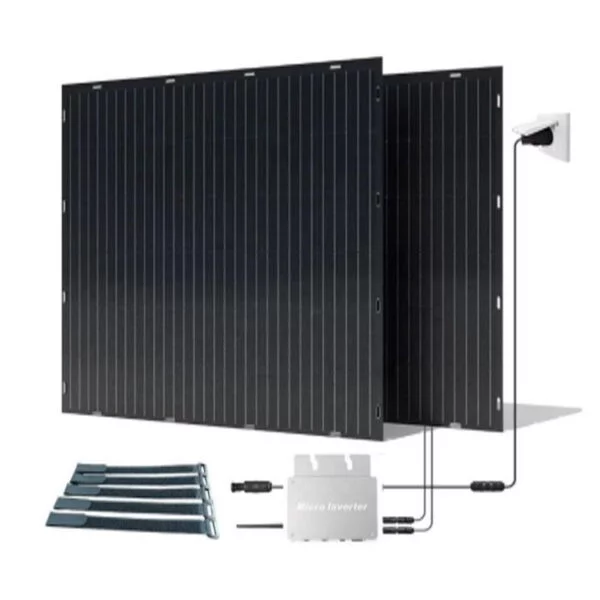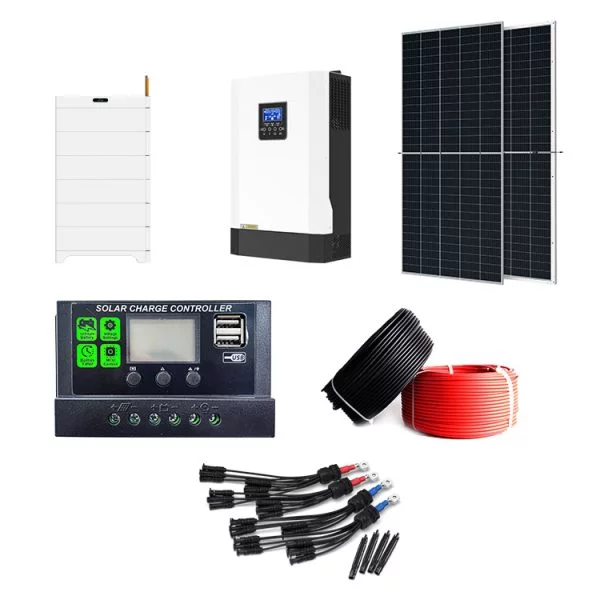HOT PRODUCT
Product Details
Harnessing Sunlight From Both Sides: Bifacial Solar Panel Prices Explained
Harnessing Sunlight From Both Sides: Bifacial Solar Panel Prices Explained
Solar energy has emerged as a reliable and sustainable source of power, with solar panels being widely used to convert sunlight into electricity. While traditional solar panels generate electricity from the front side, bifacial solar panels have gained prominence for their ability to harness sunlight from both the front and back sides. This article aims to explain the concept of bifacial solar panels and shed light on their pricing dynamics.
What are Bifacial Solar Panels?
Bifacial solar panels, also known as two-sided solar panels, are designed to capture sunlight on both the front and back surfaces, increasing their overall energy generation potential. Unlike conventional solar panels, which only convert sunlight hitting the front side into electricity, bifacial panels absorb light from both sides, which enhances their performance and efficiency.
How do Bifacial Solar Panels Work?
Bifacial solar panels not only capture direct sunlight but also allow diffused light to reach the back side of the panels. This is made possible through the technology embedded within these panels. They are typically made of bifacial solar cells and feature a transparent backsheet or glass at the back, enabling sunlight to penetrate and be converted into electricity.
When sunlight hits a bifacial solar panel, it passes through the transparent front surface and activates the solar cells, just like in traditional panels. But what makes bifacial panels unique is their ability to capture and convert reflected, diffracted, and scattered light from various surfaces such as the ground, nearby buildings, or even clouds. This allows them to generate more energy than standard solar panels, especially in environments with high albedo.

Advantages of Bifacial Solar Panels
1. Enhanced Energy Generation: Bifacial panels can generate up to 30% more electricity compared to traditional panels, as they can utilize both direct and indirect sunlight.
2. Higher Durability: Bifacial panels are often manufactured with superior materials and floating junction technology, making them more resistant to degradation caused by environmental factors such as moisture, heat, and dirt.
3. Versatility in Installation: Bifacial panels can be installed in various configurations, including rooftop, ground-mounted, or vertical installations, making them suitable for a wide range of applications.
4. Better Performance in Snowy or Shaded Conditions: Bifacial panels can significantly outperform traditional panels in snowy or shaded environments, as they can absorb sunlight from multiple angles.
Pricing Dynamics of Bifacial Solar Panels
The cost of bifacial solar panels depends on several factors:
1. Manufacturing Processes: Bifacial panels require additional processing steps, including the deposition of transparent conductive oxide (TCO) layers on both sides, which increases production costs.
2. Bifacial Solar Cell Technology: Advanced bifacial cell technologies such as Passivated Emitter Rear Cell (PERC) or Heterojunction (HJT) cells contribute to higher panel efficiency but may also increase the overall price.
3. Production Scale: As with any technology, the economies of scale play a significant role in pricing. As the production volume of bifacial panels increases, their prices are expected to decrease due to cost optimizations.
4. Market Demand: As the adoption of bifacial panels continues to grow, market demand will influence their prices. Higher demand can often lead to higher prices, especially during periods of limited supply.
5. Module Design and Materials: The choice of materials, such as the backsheet or glass used, can impact the cost of bifacial panels. Higher-quality materials often command a premium.
It’s worth noting that bifacial solar panels generally have higher upfront costs compared to traditional panels. However, their enhanced energy generation potential can result in a shorter payback period and overall better return on investment.

The Future Outlook
Bifacial solar technology continues to evolve, with ongoing research and development efforts focused on improving panel efficiency and reducing costs. As the market matures and more manufacturers embrace bifacial panels, economies of scale and technological advancements are expected to drive prices down, making bifacial solar panels even more accessible and cost-effective.
Harnessing Sunlight From Both Sides
Bifacial solar panels offer an innovative approach to solar energy generation, providing increased efficiency and versatility in energy production. Although they may have a higher upfront cost, their ability to generate more electricity and adapt to different environments makes them an attractive solution for residential, commercial, and utility-scale installations. With technological advancements and growing market demand, the prices of bifacial solar panels are expected to become more competitive in the future, further contributing to the accelerated adoption of solar energy worldwide.




